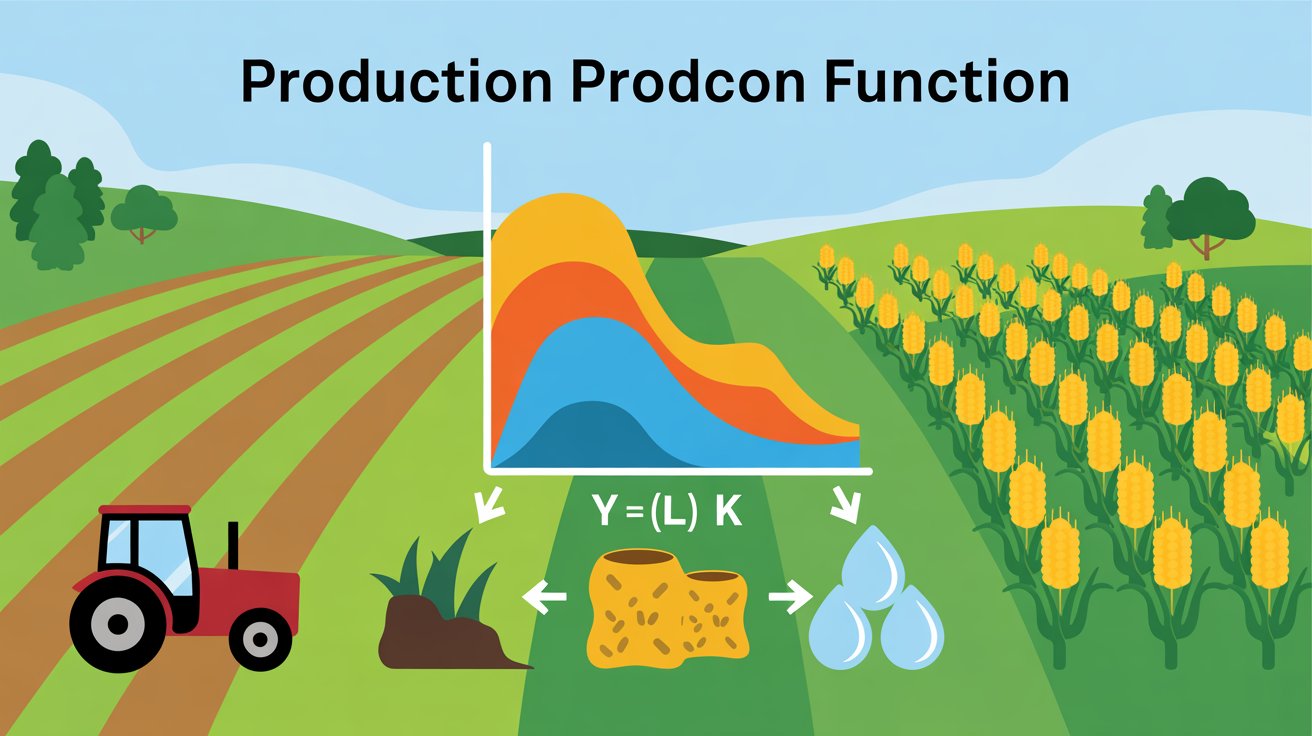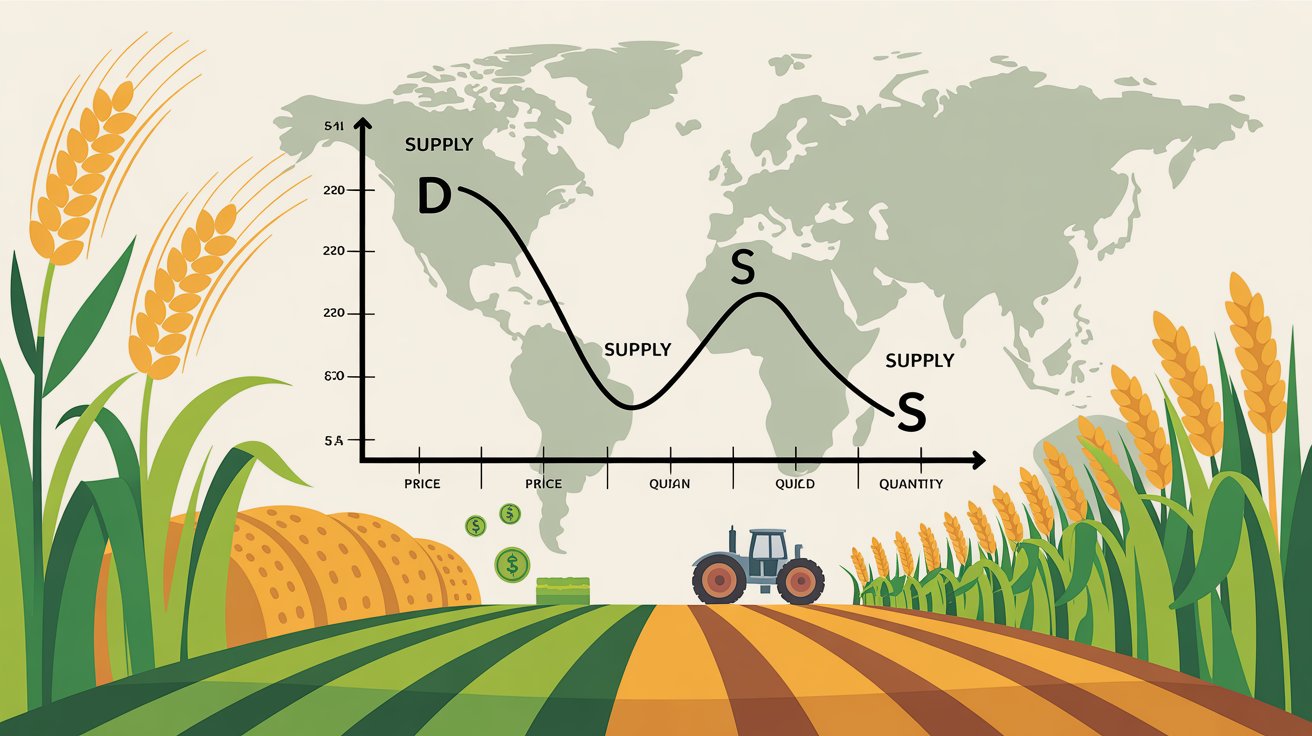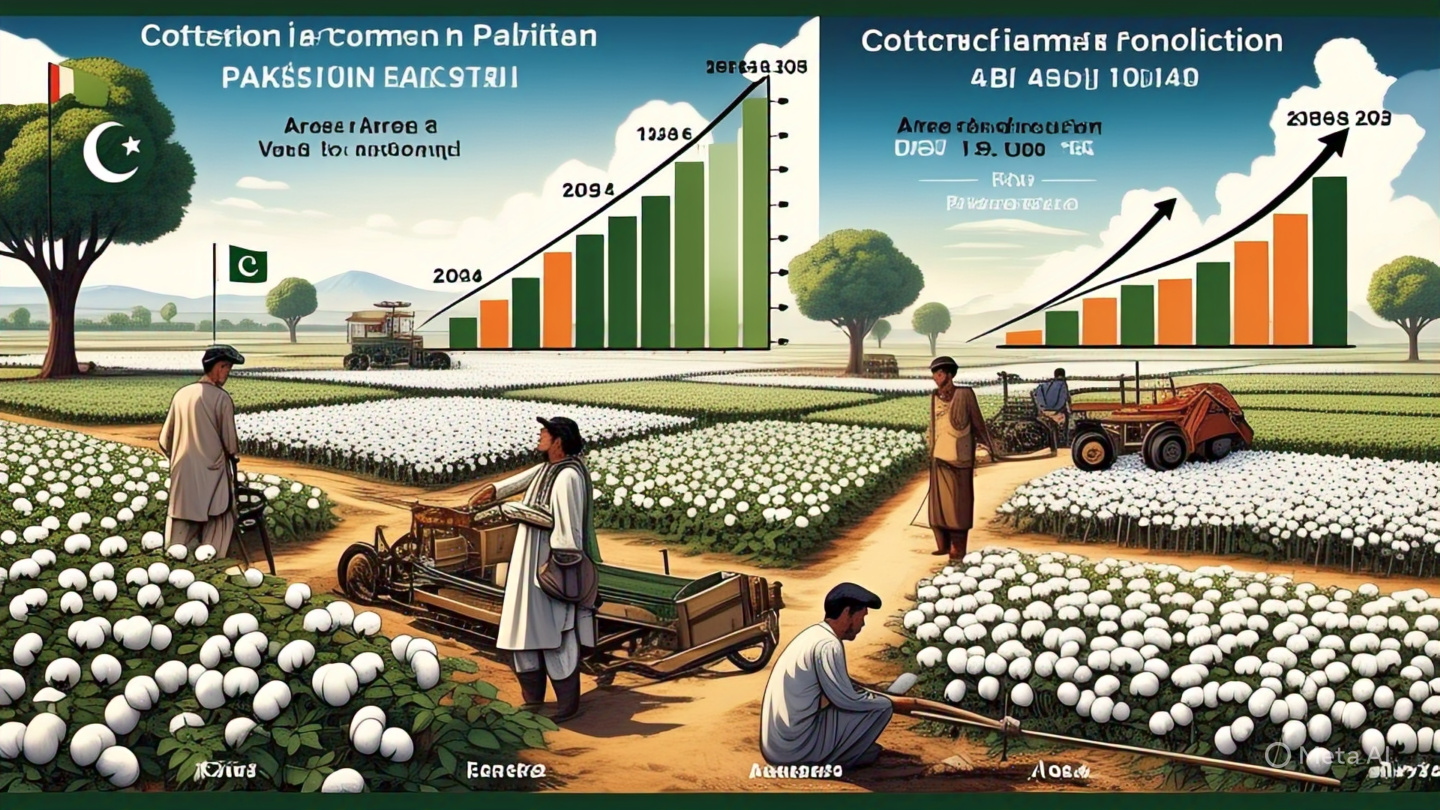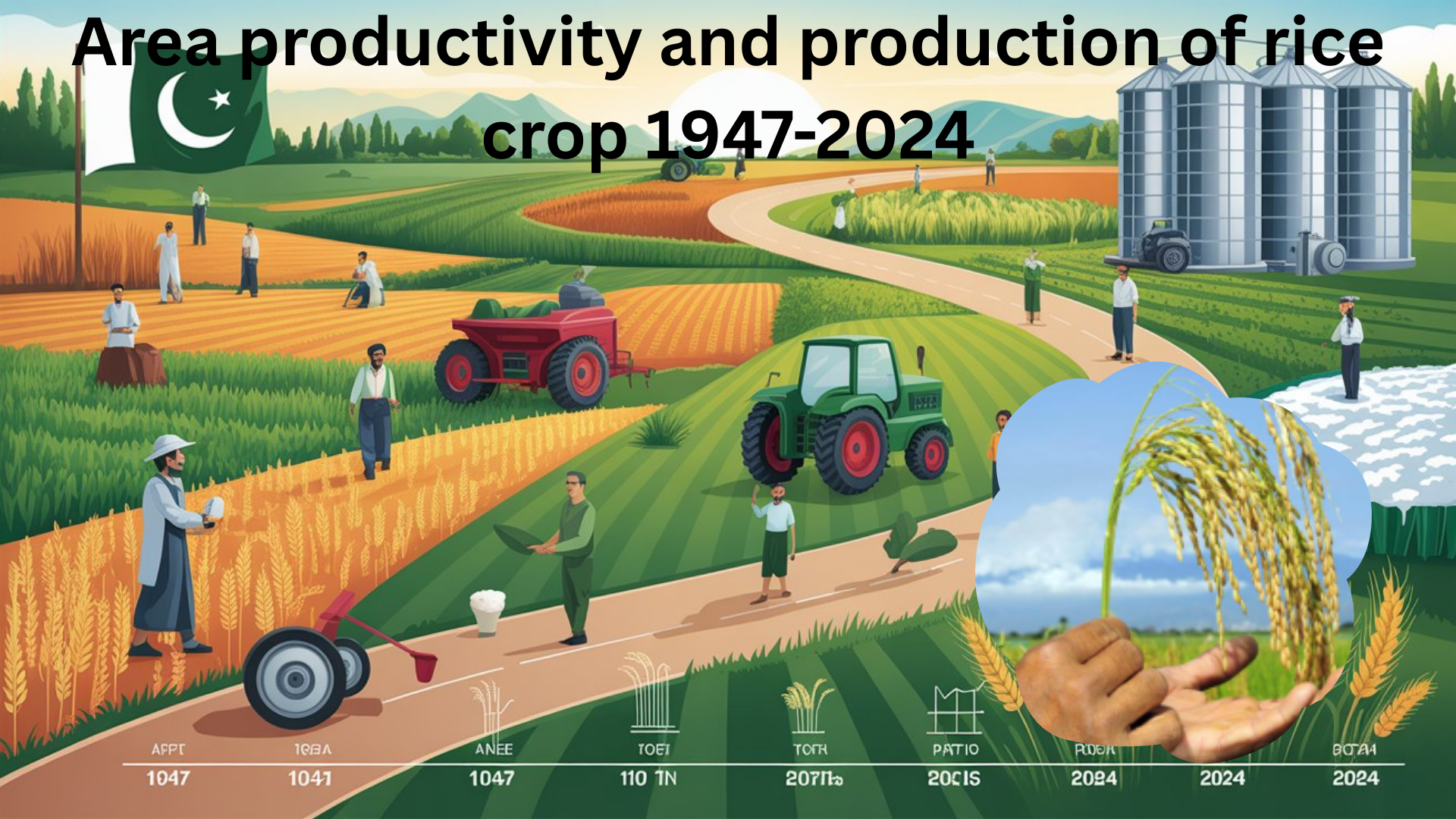Linear and Quadratic Production Model Simplifying agricultural planning with linear models Agricultural planning doesn’t have to be complicated. Linear production models are the workhorses of farm management—straightforward, practical, and surprisingly effective. These models assume a direct, proportional relationship between inputs and outputs. Picture this: for every pound of fertilizer you add, you get an additional […]
Category: Bsc
Agricultural economics examines how scarce resources are allocated in farming and food systems. At its core are the laws of supply and demand – basic microeconomic principles explaining how the quantity of crops produced (supply) and the quantity consumers want (demand) determine market prices. In agriculture, supply and demand interact under influences like weather, technology,
Demand and Supply in Agricultural Markets: A Student GuideRead More »
Castor seed (Ricinus communis) is a vital industrial oilseed crop known for its high oil content and diverse applications in pharmaceuticals, cosmetics, and lubricants. In Pakistan, castor seed cultivation has been a part of traditional dryland farming systems, especially in arid and semi-arid regions. This article explores the historical trends in the area, production, and
77 years Castor Seed Data in Pakistan: Area, Yield & ProductionRead More »
Introduction Inflation is a persistent economic challenge that affects every sector of society. In Pakistan, rising inflation has become a serious concern for policymakers and citizens alike. From the cost of groceries to utility bills, inflation touches the lives of millions of Pakistanis, especially low- and middle-income households. This article explores the causes, trends, and
Understanding Inflation in Pakistan: Causes, Trends, and Impact on Daily LifeRead More »
Area of cotton cultivation in Pakistan Source: CRS, PBS, Agriculture Statics of Pakistan 000 acres YEAR Punjab Sindh KPK Balochistan Pakistan 1947-48 2217 833 6 0 3056 1948-49 1836 756 6 0 2598 1949-50 1867 872 5 0 2744 1950-51 2110 899 7 0 3016 1951-52 2370 932 15 1 3318 1952-53 2370 1037 12
Cotton in Pakistan: Historical Trends in Area, Productivity, and Output (1947–2024)Read More »
Area of Rice cultivation in Pakistan Source: CRS, PBS, Agriculture Statics of Pakistan Unit 000 acres YEAR Punjab Sindh KPK Balochistan Pakistan 1947-48 664 1137 28 123 1952 1948-49 736 1186 34 119 2075 1949-50 862 1280 38 125 2305 1950-51 872 1348 38 134 2392 1951-52 762 1249 38 135 2184 1952-53 770
Rice in Pakistan: Historical Trends in Area, Productivity, and Output (1947–2024)Read More »
Leverage economic principles to optimize agricultural decisions and boost productivity. “Economic Principles Applied to Agricultural Decision-Making”
Understanding the basics of demand economics is crucial for grasping how markets work. At its core, demand refers to the quantity of a product or service that consumers are willing and able to purchase at a given price level. The law of demand definition states that, all else being equal, as the price of a
Demand and the Law of Demand: What You Need to KnowRead More »
Introduction Multicollinearity refers to a situation in multiple regression models where two or more independent variables are highly correlated with each other. This high correlation can make it difficult to isolate the individual effect of each independent variable on the dependent variable. In other words, multicollinearity occurs when the independent variables in the regression model
Agricultural Economics for Students: A Simple Guide ✅ Agricultural Economics for students is an increasingly important topic, especially in countries like Pakistan where agriculture is a major part of the economy. This subject helps students understand how economic principles apply to farming, food production, resource use, and rural development. Whether you are preparing for a
Agricultural Economics for Students: A Beginner’s GuideRead More »










